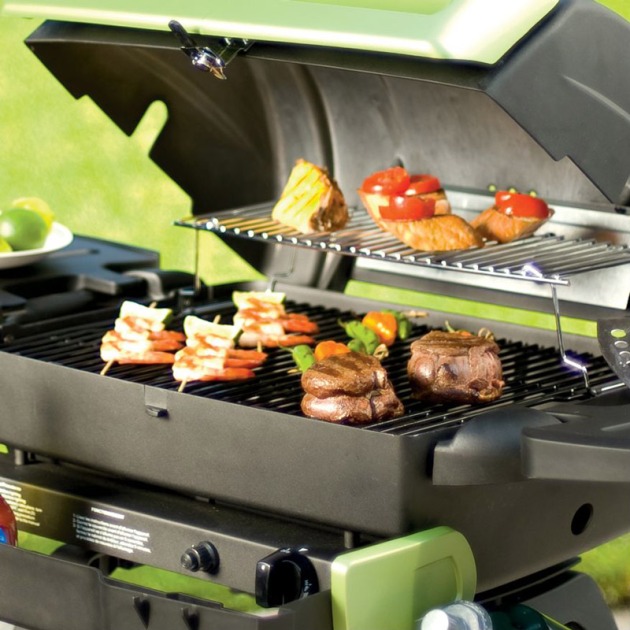On numerous occasions, we here at LGBG have gone into detail on the burgeoning relationship between the green movement and architecture. Whether it’s sprucing up your living room or assessing the value green initiatives may have on your home, the worlds of being socially responsible and architecture are now becoming firmly intertwined.
Occurring in sporadic movements throughout the years, deconstruction is coming back with a greater vengeance than Denzel Washington’s character John Creasy in Man on Fire. In its simplest form, deconstruction is where a demolition crew, “Carefully dismantles an older property by hand instead of using bulldozers.”[1] The movement has been around for decades and allows for the reusing of materials from older homes for the construction of newer ones. The end result is hundreds of thousands of tons of potential trash is diverted away from landfills.
With that said, you might be asking yourself: Why has this beneficial movement waxed and waned through history more than Mr. Miyagi and why is it suddenly back? The first question is a bit more puzzling to decipher, but can primarily be explained by the fact that deconstruction, even in today’s generation which focuses on green building and initiatives, is nonetheless five times more expensive in comparison to a traditional obliterate-your-home-with-a-wrecking-ball demolition.[2] In addition, the process of deconstruction takes about twice as long as the more destructive alternative.

You said you needed to replace your windows right?
So why is the movement suddenly back? That question, while also complex, warrants a simple solution: A tax-credit from Uncle Sam. Yet, this same tax credit, which occurs when a homebuilder donates materials to a qualified 510(c)(3) charity, has been around for decades and arose in tandem with deconstruction itself.[3] More recently however, contractors are placing a greater emphasis on the financial benefits of deconstruction to potential home builders. For example, the Weiss family who were featured in the Wall Street Journal Article: The Demolition Discount, “Paid more than $20,000 for the disassembly, roughly double what they would have paid for a wrecking crew.” However, as a result of the tax credit through donations of materials to charities, the family will have saved more than $66,000 in taxes. As a result, despite the higher upfront cost and greater length of time to complete the project, the tax shelter and socially responsible benefits have outweighed these side effects in many homeowners’ eyes.
I believe what has really catapulted the movement forward is our nation’s greater awareness, and emphasis of green initiatives. Our society has begun to recognize that sustainability is a difficult and slow-moving process, yet can be achievable in anything and everything that we do. Whoever you want to credit for the successes of the green movement, the consequences are that as a whole, nations have a top-of-the mind awareness of green initiatives. So couple people’s awareness of sustainability, with the availability of deconstruction, and sprinkle in a nice tax incentive, and the end results are that citizens are more willing to listen to green ideas, and sustainability projects like deconstruction are experiencing greater success rates than ever before.
Obviously deconstruction is not ideal for everyone. You have to initially lay down more capital into a house that is already expensive enough as it is, while also having to wait longer to live in the home you purchased. However, there are some real social and financial benefits to deconstruction for homeowners that may outweigh the negatives. That being said, here are some more tips related to this conversation for homeowners to keep in mind:
- Persuade others to use deconstruction if possible.
- Donate used goods from your home to charities and shelters. You don’t have to be building a new house to live by the ideals of deconstruction.
- If building a new house, try to use eco-friendly materials and alternative energy sources like solar panels for the home’s construction.
Through these actions and the right knowledge, we can all strive to live in a world where we live green, and be green.
[1] http://online.wsj.com/article/SB10001424127887324407504578185762234289162.html?KEYWORDS=landfills
[2] http://portlandpreservation.wordpress.com/2011/04/21/on-old-buildings-demolition-deconstruction-and-reuse/
[3] http://www.epa.state.oh.us/portals/30/Brownfield_Conference/docs/Barry%20Franz.pdf









